The Minister of Home Affairs said that, based on the current situation and development orientation of 63 provinces and cities nationwide, the Government has developed 23 arrangement plans for 52 provincial-level administrative units to form 23 new provincial-level administrative units.
As a result of the reorganization, the country has 34 provincial-level administrative units, including 6 centrally-run cities and 28 provinces. All 23/23 provincial-level units formed after the reorganization have met the standard orientation of provincial-level administrative units according to the Resolution of the National Assembly Standing Committee.
Minister of the Interior Pham Thi Thanh Tra . Photo: Nhat Minh. |
Regarding the plan to arrange and perfect the apparatus and civil servants, according to the synthesis from localities, after reviewing and agreeing on the calculation of data according to the opinion of the Committee for Law and Justice, the total number of cadres, civil servants and public employees according to the assigned norms of provincial-level agencies, organizations and units in 52 provinces and cities implementing the arrangement is 447,657 people (including: 2,321 cadres, 79,118 civil servants, 366,218 public employees).
The total number of provincial-level public headquarters of 52 provinces and cities to be rearranged is 38,182; 33,956 headquarters will continue to be used; 4,226 headquarters will be surplus.
The arrangement and use of headquarters, financial and public asset handling after the reorganization of provincial administrative units will be implemented according to Government regulations, directions of the Prime Minister and instructions of the Ministry of Finance .
“Given the historic nature of the 9th Session, the Government proposes that the National Assembly issue a joint Resolution of the Session, which acknowledges and highly appreciates the important role, contributions and historical achievements of district-level administrative units before the end of their operations and provincial and commune-level administrative units before the reorganization, which have made continuous efforts for the common development of the country and each locality,” Ms. Tra stated.
Review, Chairman of the Committee on Law and Justice Hoang Thanh Tung Affirming that the arrangement plans and names of administrative units formed after the arrangement must be consistent with the arrangement orientation approved by competent authorities and receive high consensus from the People and People's Councils.
Chairman of the Committee on Law and Justice Hoang Thanh Tung. Photo: Nhat Minh. |
The units formed after the basic arrangement all ensure standards on natural area and population size according to regulations.
Regarding the draft Resolution of the National Assembly, the Government proposed that the draft Resolution take effect from July 1, 2025.
According to the working program, the National Assembly will discuss in groups about the arrangement of provincial administrative units this afternoon (June 11), discuss in the hall and vote to approve it on the morning of June 12.
The Committee on Law and Justice proposed to determine that the Resolution takes effect from the date of its approval by the National Assembly on June 12. This will create a legal basis for localities to carry out the handover work, prepare necessary conditions, and ensure that local authorities in administrative units formed after the reorganization can soon officially start operating according to the central government's general plan (instead of from July 1, 2025).
23 new provincial administrative units after the arrangement:
(1) Merge Ha Giang province and Tuyen Quang province into a new province called Tuyen Quang province, the political and administrative center is located in the current Tuyen Quang province.
(2) Merge Yen Bai province and Lao Cai province into a new province called Lao Cai province, with the political and administrative center located in the current Yen Bai province.
(3) Merge Bac Kan province and Thai Nguyen province into a new province, called Thai Nguyen province, with the political and administrative center located in the current Thai Nguyen province.
(4) Merge Vinh Phuc province, Hoa Binh province and Phu Tho province into a new province called Phu Tho province, with the political and administrative center located in the current Phu Tho province.
(5) Merge Bac Giang province and Bac Ninh province into a new province called Bac Ninh province, with the political and administrative center located in the current Bac Giang province.
(6) Merge Thai Binh province and Hung Yen province into a new province called Hung Yen province, with the political and administrative center located in the current Hung Yen province.
(7) Merge Hai Duong province and Hai Phong city into a new city called Hai Phong city, the political and administrative center is located in the current Hai Phong city.
(8) Merge Ha Nam province, Ninh Binh province and Nam Dinh province into a new province called Ninh Binh province, with the political and administrative center located in the current Ninh Binh province.
(9) Merge Quang Binh province and Quang Tri province into a new province called Quang Tri province, with the political and administrative center located in the current Quang Binh province.
(10) Merge Quang Nam province and Da Nang city into a new city called Da Nang city, with the political and administrative center located in the current Da Nang city.
(11) Merge Kon Tum province and Quang Ngai province into a new province called Quang Ngai province, with the political and administrative center located in the current Quang Ngai province.
(12) Merge Gia Lai province and Binh Dinh province into a new province called Gia Lai province, with the political and administrative center located in present-day Binh Dinh province.
(13) Merge Ninh Thuan province and Khanh Hoa province into a new province called Khanh Hoa province, with the political and administrative center located in the current Khanh Hoa province.
(14) Merge Lam Dong province, Dak Nong province and Binh Thuan province into a new province called Lam Dong province, with the political and administrative center located in the current Lam Dong province.
(15) Merge Dak Lak province and Phu Yen province into a new province called Dak Lak province, with the political and administrative center located in the current Dak Lak province.
(16) Merge Ba Ria - Vung Tau province, Binh Duong province and Ho Chi Minh City into a new city called Ho Chi Minh City, with the political and administrative center located in the current Ho Chi Minh City.
(17) Merge Dong Nai province and Binh Phuoc province into a new province called Dong Nai province, with the political and administrative center located in the current Dong Nai province.
(18) Merge Tay Ninh province and Long An province into a new province called Tay Ninh province, with the political and administrative center located in the current Long An province.
(19) Merge Can Tho city, Soc Trang province and Hau Giang province into a new city called Can Tho city, with the political and administrative center located in the current Can Tho city.
(20) Merge Ben Tre province, Vinh Long province and Tra Vinh province into a new province called Vinh Long province, with the political and administrative center located in present-day Vinh Long province.
(21) Merge Tien Giang province and Dong Thap province into a new province called Dong Thap province, with the political and administrative center located in the current Tien Giang province.
(22) Merge Bac Lieu province and Ca Mau province into a new province called Ca Mau province, with the political and administrative center located in the current Ca Mau province.
(23) Merge An Giang province and Kien Giang province into a new province called An Giang province, with the political and administrative center located in the current Kien Giang province.
Source: https://tienphong.vn/de-xuat-nghi-quyet-sap-nhap-tinh-thanh-co-hieu-luc-ngay-ngay-mai-post1750129.tpo


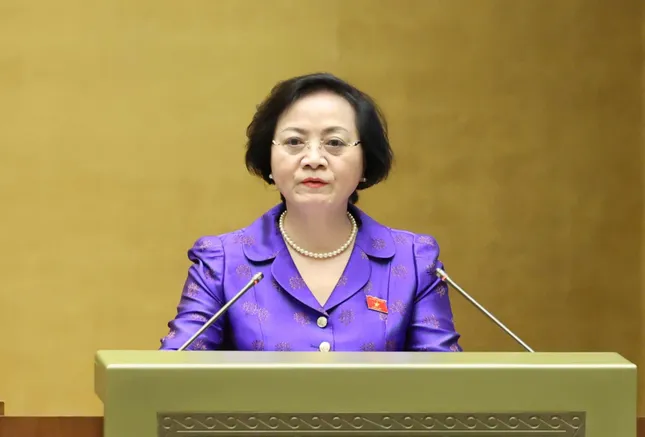
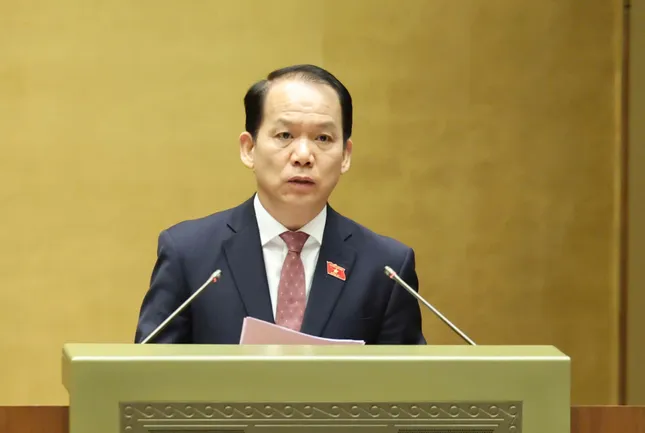





![[Photo] General Secretary To Lam receives the Director of the Academy of Public Administration and National Economy under the President of the Russian Federation](/_next/image?url=https%3A%2F%2Fvphoto.vietnam.vn%2Fthumb%2F1200x675%2Fvietnam%2Fresource%2FIMAGE%2F2025%2F12%2F08%2F1765200203892_a1-bnd-0933-4198-jpg.webp&w=3840&q=75)
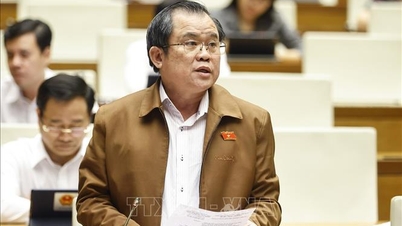

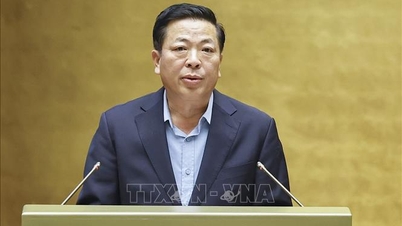








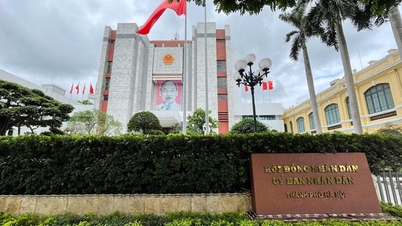
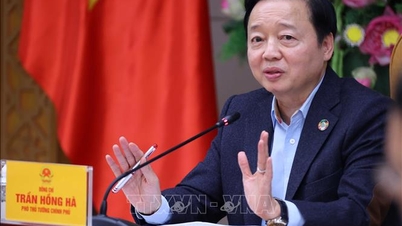
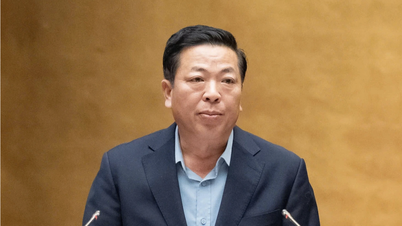

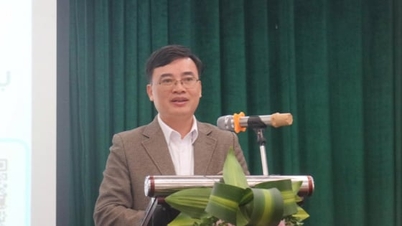

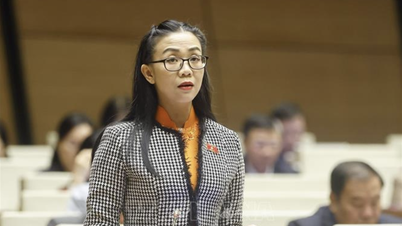












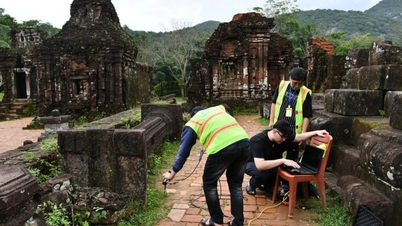












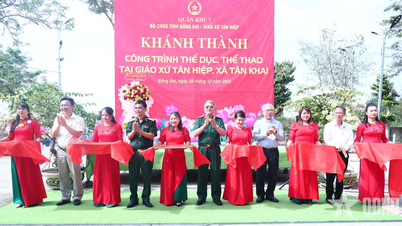
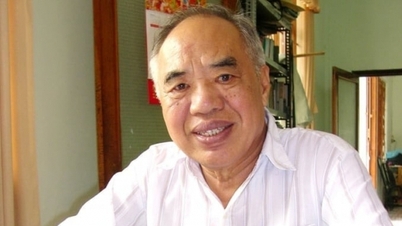





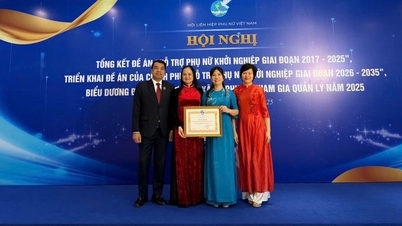







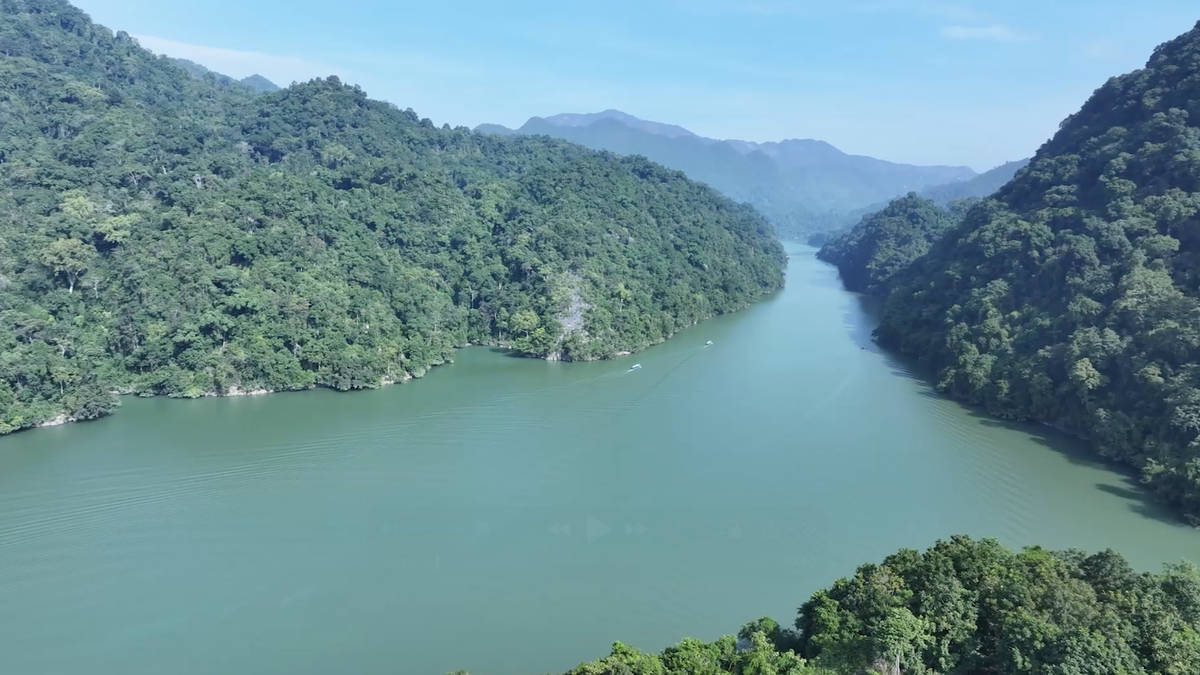





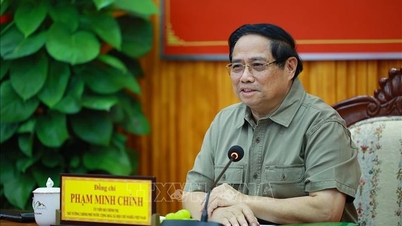
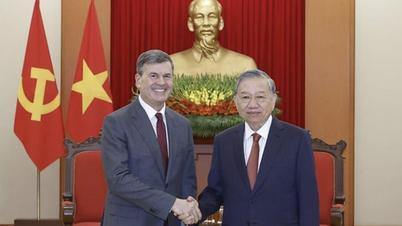


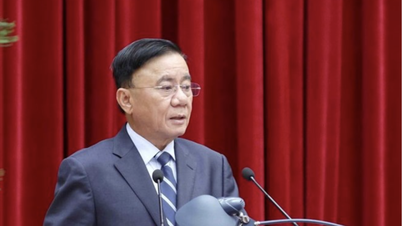


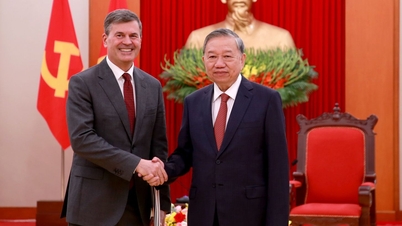
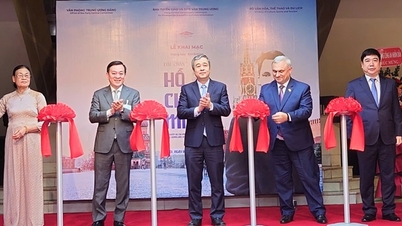

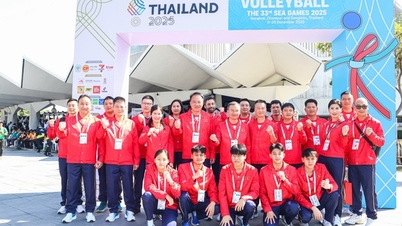



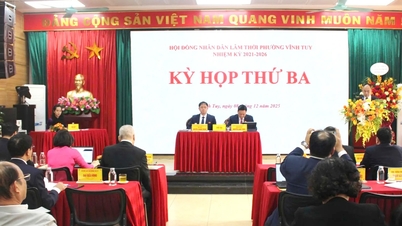
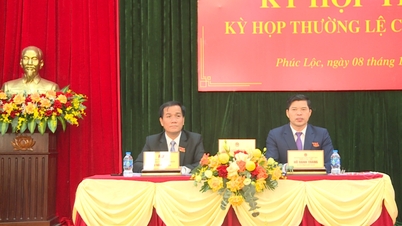




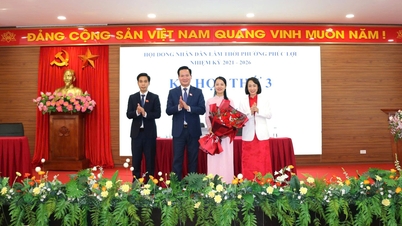
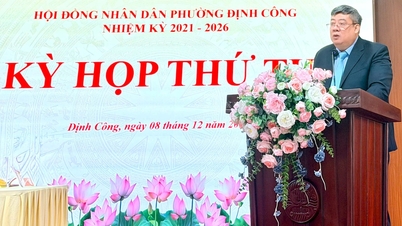












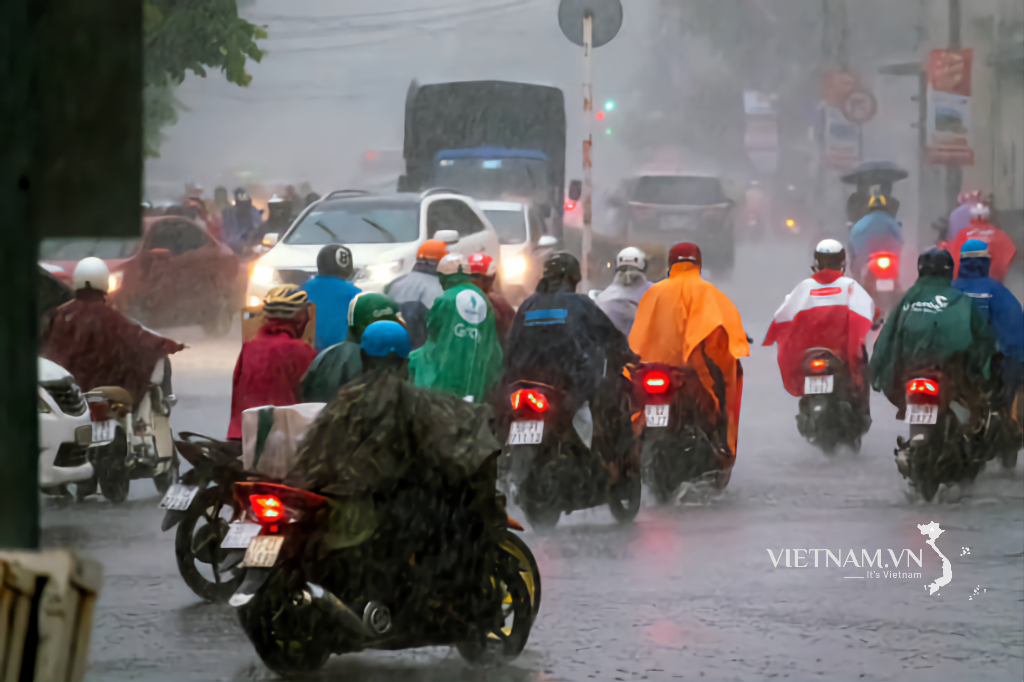




Comment (0)